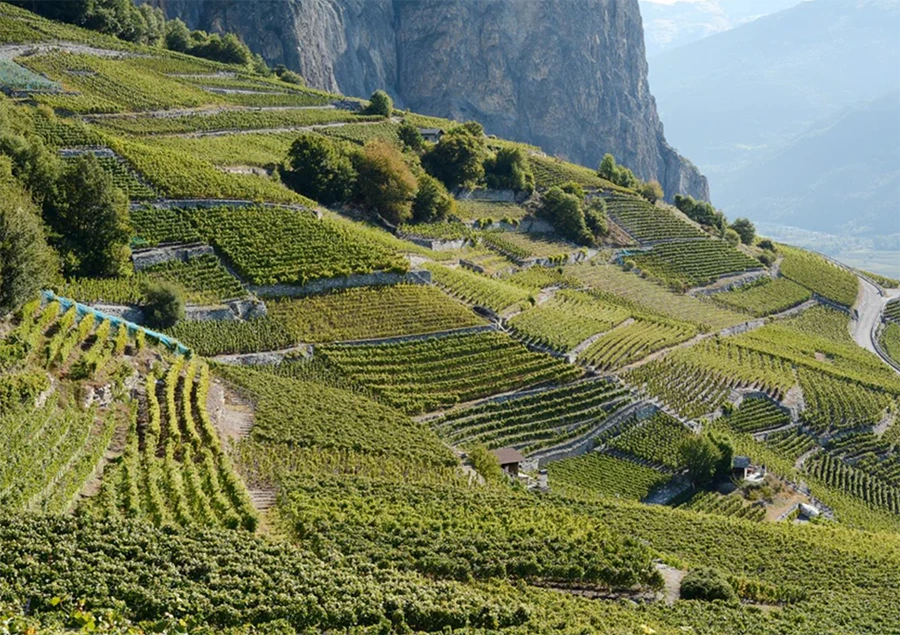
Ski season is upon us, and it’s inspired us to dust off the ski gear and sip some mountain wines, but why are these wines so exceptional and what makes them unique?
The cool air and fog at high-altitude vineyards give these wines a distinctive identity. Vineyards that are high altitude are sometimes built on terraces, steep slopes, or areas only accessible by foot. Making it nearly impossible to mechanise and mass produce, they tend to be handpicked and tended to, directly influencing the quality.
High-altitude vineyards tend to have a high diurnal range, with evening temperatures plummeting and slowing the ripening of the grapes. In some of the best examples, this can mean highly concentrated flavours and exquisite complexity. The wines of Central Alpine France are some of the best examples of this.
One of the wines we featured in our ‘Try January’ tasting is from the foothills of Biblical Mount Ararat. The 2020 Arena Noir from Zorah
At its summit, it reaches 5,137 metres, higher than both Mont Blanc & Mount Fuji… The vineyards sit at around 1600 m and benefit from cool morning air coming down from the peaks. This helps the vines to stay cool and stops the fruit from overripening during the long sunny days. The result is an elegant, lifted and pure wine that, tasting blind, you may place as high-quality Cabernet Franc from the Loire.
Another fascinating high-altitude region that you might have yet to hear of is Orange in New South Wales, Australia. This region is based on altitude; you must be above 600m to label your wine with this region. One of the most well-known producers from here is Phillip Shaw Wines. They specialise in cool-climate grapes like Chardonnay, and Riesling. In fact, Orange is one of the few places in Australia where you will find decent balanced wine made from these grapes. My favourite, however, must be their high-quality old vine Pinot Noir. It can be found in the shadow of Mount Canobolas, sitting at 1390 m (the highest point in the region).
Fog, often found at altitude, can greatly impact the vines and therefore the style of the resulting wine. The fog works as a cool blanket, preserving freshness and acidity and protecting the vines from the sun early in the day. Regions like California and Piedmont greatly benefit from the morning fog. In fact, Nebbiolo, one of Piedmont’s most famous grapes, takes its name from the fog. ‘Nebbio’ literally means fog in Italian.
Because of the cool climate and because many of these regions are farming areas, the typical cuisine is especially rich and hearty to keep people going. The natural high acidity and complexity in the wines of these regions pair perfectly with the richer, buttery local dishes. Enjoy the rest of the Winter here in East Finchley and take some food and drink advice from the Mountain People!
